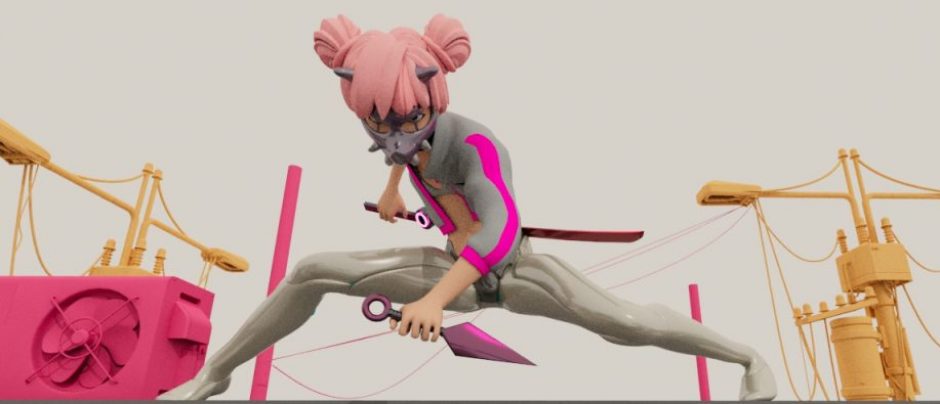overlapping spine

Follow through and overlapping action
Follow-through and overlapping action are two very closely related topics that generally accomplish the same goal of realistic motion. Follow-through is the idea that certain appendages and body parts might continue to move even after a motion is completed. So if a character with a scarf is running, then they stop suddenly, the scarf will fly forward past the body, then fall back where the character stopped. If a car stops moving, the antenna on top will keep moving for a second. If a cat turns suddenly, their tail might whip around.
Overlapping action is the idea that different parts of a body will move at different rates. So if you walk, your arms will move at a different speed than your head. Both overlapping action and follow-through are ways to provide convincing motion to animation.



In the first class, we learned the 12 Principles of Animation. This is a very important theoretical basis, which runs through the entire process of animation learning, so understanding this theory is very necessary for every animator.
During zombie walking, the movement of the heads, shoulders, hips and legs will form an overlapping effect due to inertia. And in the last week zombie walk, obviously, I did not use the fifth of the 12 principles –Follow through and overlapping action.
But this still looks very weird, I guess it is caused by not adjusting the animation curve editor…
Rendering
Through the learning in class, I made a simple rendering of this zombie walk.
Summary
Always remember the 12 principles of animation, understand and apply them in practice to make progress!
